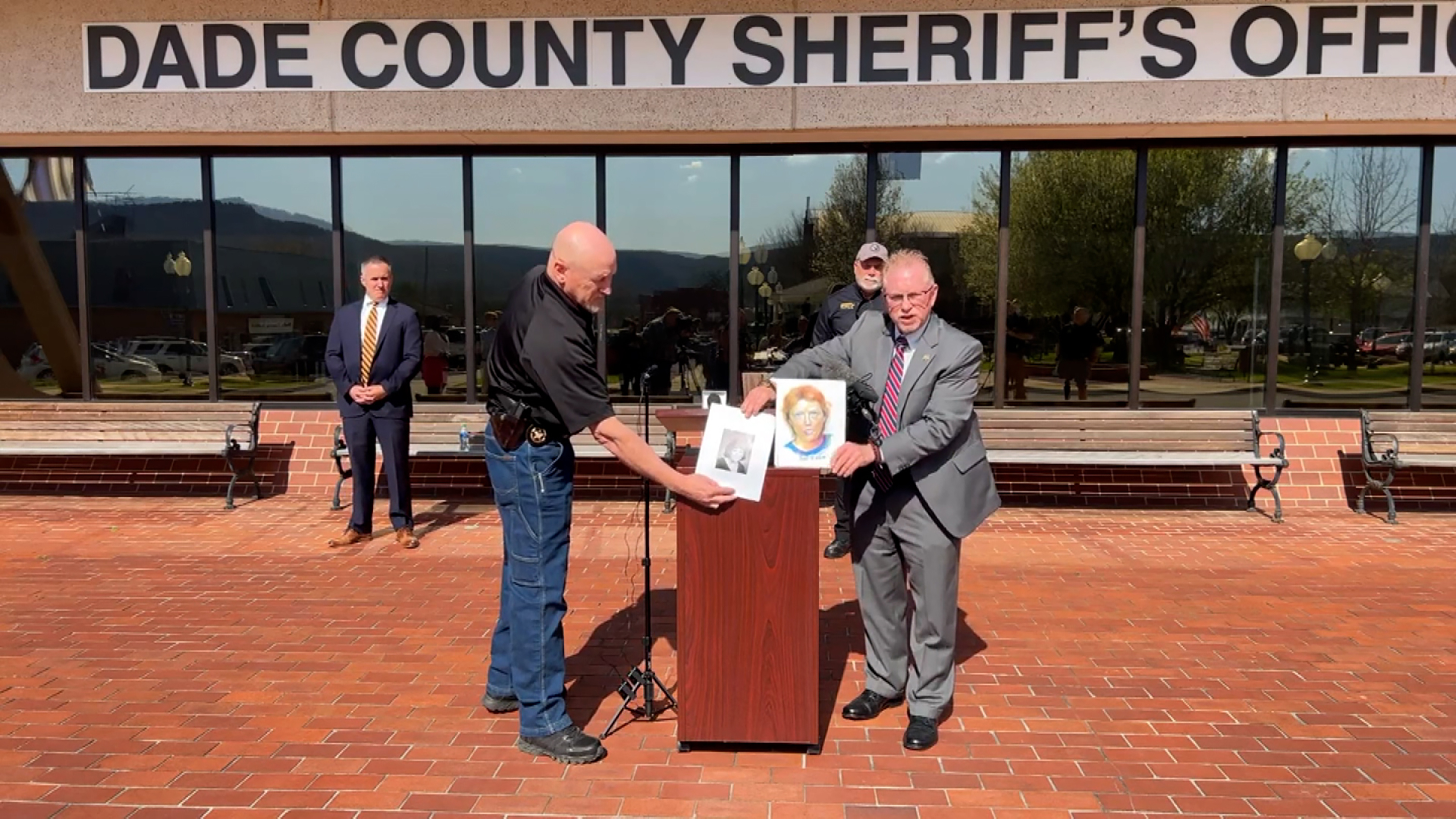Remains Of Norton Shores Woman Who Went Missing 33 Years Ago Identified
(CNN) - For more than 33 years, investigators in Norton Shores, Michigan, tried to figure out what happened to Stacey Lyn Chahorski, a young woman who left home to travel the country and last spoke to her mother in September 1988.
 Authorities in Georgia held up images of what Stacey Lyn Chahorski looked like when she went missing (left) and what a forensic artist drew after the remains were found (right). | Credit: YouTube/Georgia Bureau of Investigation
Authorities in Georgia held up images of what Stacey Lyn Chahorski looked like when she went missing (left) and what a forensic artist drew after the remains were found (right). | Credit: YouTube/Georgia Bureau of Investigation
At the same time, Georgia detectives worked to identify remains that two Department of Transportation employees had discovered near a highway in December 1988.
Both cases soon went cold -- until this month.
Authorities with the Dade County Sheriff's Office in northwestern Georgia and the Georgia Bureau of Investigation (GBI) announced the remains were identified with the help of advanced DNA technology as those of Chahorski and will be soon returned to her family in Michigan.
"Today marks the day where we hunt for the killer now," GBI Special Agent in Charge Joe Montgomery said in a news conference Thursday. "The biggest problem in being able to solve this case is we had no identity of the victim so we had no starting point. Now we have a starting point and that's a big jump for us."
"I think we have a good probability of solving this case and bringing the killer to justice," he added.
How she was identified
Over the years, GBI agents and Dade County investigators kept going back to the case in hopes of finding an identity, according to a GBI news release.
A forensic artist drew a composite image in hopes that would help lead to an identity. In the mid-2000s, investigators sent additional evidence to an FBI lab for testing, which helped develop a DNA profile -- but that didn't match anyone already in any system.
Meanwhile, authorities in Michigan decided to collect a fingerprint card from Chahorski's relatives in 2010, a Norton Shores Police Department news release said.
Members of the GBI contacted the FBI again several years later about using investigative genealogy methods to help solve the case. The process usually combines DNA evidence and traditional genealogy to find biological connections between people -- in other words, relatives.
For this effort, they enlisted Othram, a Texas-based laboratory that works with law enforcement and has been credited with helping solve a lengthy list of other cold cases.
The lab helped reveal the identity of "Little Miss Nobody," a young girl that was discovered more than 60 years ago in an Arizona desert, authorities there announced this month.
Last year, it also helped identify a victim found more than four decades ago in Mississippi, who authorities believe was killed by Samuel Little, America's most prolific serial killer.
"Without the advancements in DNA technology, we wouldn't have been able to be of assistance and have this success so we're grateful for that and for the work Othram did," FBI Special Agent Tim Burke said in Thursday's news conference.
Chahorski would have been 52 today, the GBI said.
'A little bit of peace'
Chahorski had been buried in Dade County since 1989 in an unmarked grave.
Her body will now go back to her family, authorities said.
A few weeks ago, authorities notified her mother, who was the one who reported her missing.
"We were able to notify her and bring her a little bit of peace," Burke said. "We were also able to provide some jewelry that was found on Stacey back here at the crime scene and return that to her," he said.
"We look forward to helping in any way with the remaining investigation, and also getting Stacey's remains back to her loved ones in Michigan so that she can finally rest in peace," he added.
The-CNN-Wire™ & © 2022 Cable News Network, Inc., a WarnerMedia Company. All rights reserved.



